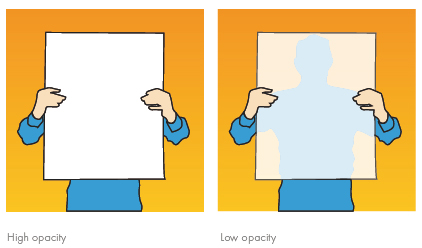HTML Images; CSS Color & Text
Images In HTML
Adding img
Basic tag
In order to put a simple image on a webpage, we use the <img> element. This is an empty element (meaning that it has no text content or closing tag) that requires a minimum of one attribute to be useful — src (sometimes spoken as its full title, source). The src attribute contains a path pointing to the image you want to embed in the page, which can be a relative or absolute URL, in the same way as href attribute values in <a> elements.
For example:
<img src = https://www.edarabia.com/ar/wp-content/uploads/2021/01/html-definition-12-advantages-1.jpg>
Alternative text
The next attribute we’ll look at is alt. Its value is supposed to be a textual description of the image, for use in situations where the image cannot be seen/displayed or takes a long time to render because of a slow internet connection. For example, our above code could be modified like so:
<img src = "https://www.i_broke_the_ling.jpg" alt = "this is an HTML img" >
Width and height
You can use the width and height attributes to specify the width and height of your image.
`
`
Color in CSS
Foreground Color
color
The color property allows you to specify the color of text inside an element. You can specify any color in CSS in one of three ways:
- rgb values
- Hex codes
- Color names
Background Color
The background-color CSS property sets the background color of an element.
For example :
background-color: brown; ===> This is a ‘color name’ type
background-color: #74992e; ===> This is a ‘HEX code’ type
background-color: rgb(255, 255, 128); ===> This is ‘rgb’ value
Contrast
The contrast() CSS function adjusts the contrast of the background color. Exaples:
filter: contrast(1);
filter: contrast(50%);
filter: contrast(0);
opacity
The opacity CSS property sets the opacity of an element. Opacity is the degree to which content behind an element is hidden, and is the opposite of transparency.



